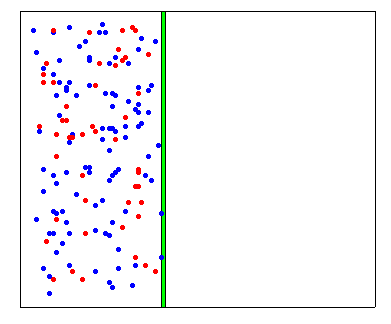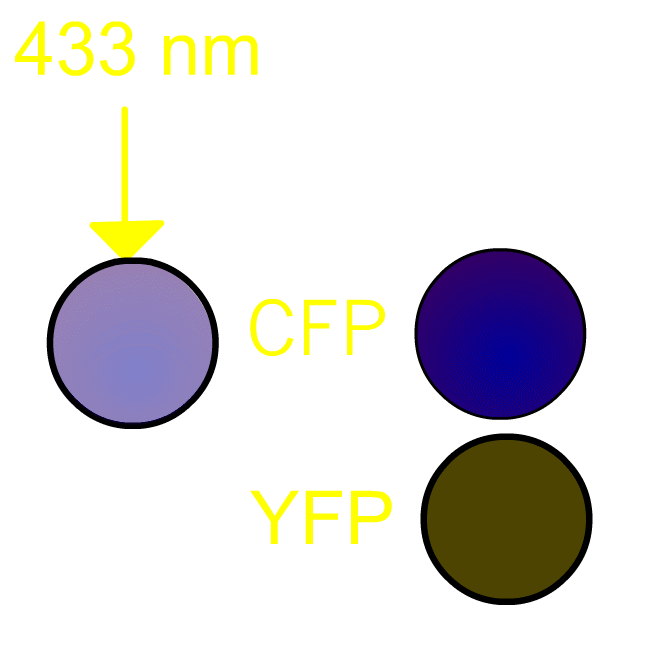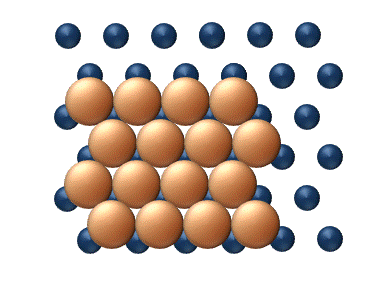_ Department of Nano Bioelectrical Laboratory (Nano Biosensors)
Nano Structures Nano Structure in the architecture of nano sensors and nano bio sensors
Researcher and author: Dr. ( Afshin Rashid)
Note: Many types of nano sensors have been designed using nanostructures for nanobiological applications. (conductive surface) Oxidation of conductive polymer nanostructures is easily changed by oxidation-reduction mechanisms, also charge transfer properties in these nanostructures are affected by structural parameters, such as diameter and dimensions.
Nanostructures are able to provide sensitive and fast responses to specific biological and chemical species. Techniques such as chemical polymerization are often used to make nanostructures .


Fabrication strategies can be divided into three categories: synthesis using a hard mold, synthesis using a soft mold, and synthesis without a mold. The most widely used conducting polymers used in nano biosensors, nano devices made from nano structures are used in various nano biosensors due to their unique chemical and electrical properties, which are caused by the properties of their pi-electron nano system. they take.

How to functionalize nanostructures to make nanobiosensors
Many patterning and functionalization technologies are being developed to control the location, distribution, quantity, or structure and orientation of biological nanomolecules at the level of nanostructures . Therefore, our contact surface between biological nanomolecules and nanostructures is of particular importance in countless applications. Covalent and non-covalent modifications are two general methods for coupling biological molecules and nanostructures . Covalent functionalization is a chemical process during which a strong bond is formed between nanostructures and biological molecules or its relation. In many cases, chemical modifications of the surface are necessary to create active groups that can bind to biomolecules. Unlike covalent functionalization, non-covalent functionalization of biomolecules without destroying the geometric and electronic structure on the surface. Nanostructures are formed. Non-covalent interactions are of special importance in many biological systems.
Conclusion :
The large surface-to-volume ratio in nanostructures and the high potential for signal amplification provide ideal conditions for marking and detecting biological elements in the structure of nanobiosensors.
Researcher and author: Dr. ( Afshin Rashid)
Specialized doctorate in nano-microelectronics





